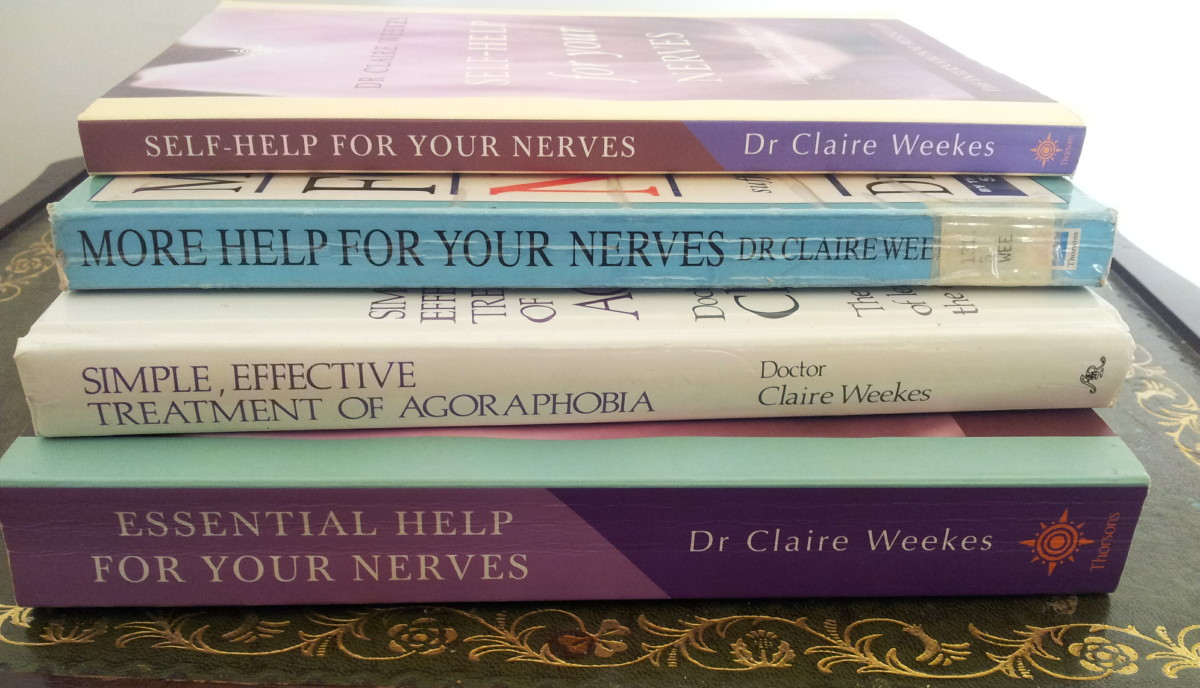What is phobic disorder?
A list of common phobias
This list will give you an understanding of the variety of situations and events around which phobias are centred.
Acrophobia: high places
Agoraphobia: open places
Algophobia: pain
Astrophobia: storms, thunder and lightning
Claustrophobia: closed places
Hematophobia: blood
Mysophobia: contamination of germs
Monophobia: being alone
Nyctophobia: darkness
Ochelophobia: disease
Pyrophobia: fire
Syphilophobia: syphilis
Zoophobia: animals or some particular animal
These phobias involve an exaggerated fear of things which occur in our environment. However, people may develop particular phobias that are not part of a neurotic pattern as in the case of most snake phobias.
Phobic disorders are quite common amongst adolescents and young adults than among older people. Diagnoses in females are high possibly due to strong fears that have been traditionally been more compatible with female roles than with male roles in society.
The Top 10 most common phobias

What the experts have to say
Although minor irrational fears are quite common, phobic disorders are fears that are intense and interfere with everyday activities. Sufferers usually admit that they have no real cause to be afraid of the object or situation but they simply cannot help themselves. Attempting to approach the phobic situation seems fatal as they will be overcome with anxiety which may vary from mild feelings of uneasiness and distress to even a full-fledged anxiety attack. They may even show a wide range of other symptoms in addition such as tension headaches, back pains, stomach upsets, dizzy spells and the fear of “cracking up”.
During spells of more acute panic, such individuals complain of feelings of unreality, strangeness and of “not being themselves”. Feelings of depression are frequently associated with phobias and many patients report terminal interpersonal difficulties that could cause a multitude of problems. This may casue difficulties in making decisions, a condition called decidophobia.
Certain phobias are influenced by cultural factors, for example, the phobia of flying would not likely habe become common until we entered the age of commercial air travel. Phobic reactions may also become obsessive when it dominates the neurotic’s consciousness.
The 3 major factors that cause phobic disorders
Conditioning and avoidance learning
Most of us tend to have mild phobias based on previous learning. For example, a person who has been attached and bitter by a vicious dog may feel uneasy around dogs irrespective or reconditioning. However, a phobia may develop into a fear of situations only minimally related to the basic trauma. The role of conditioning remains unclear but similarities can be noted between avoidance learning in animal studies and in the appearance of phobias in humans.
Defense against threatening impulses
Phobias could represent a defensive reaction that protects the individual from situations in which repressive aggressive or sexual impulses might become dangerous. For example, a mother may develop a phobia of being alone with her unwanted baby because of recurring fantasies of infanticide.
Displacement of anxiety
This takes place when a threat that originally elicited it is transferred to some other object or situation which is strongly emphasized in the psychoanalytic perspective. According to Freud, phobias represent displaced anxiety associated with the Oedipus complex and will develop only in individuals with disturbed psychosexual development.
However, later investigators have pointed out that many kinds of stressful situations that may lead to phobic reactions through the mechanism of displacement.
Irrespective of its origin, phobic behavior tends to be reinforced by the reduction in anxiety that occurs each time the individual avoid the feared situation or stress. Phobias may also be maintained by secondary gains such as increased attention, sympathy and control over the behaviour of others.
Scared Stiff: Everything You Need to Know About 50 Famous Phobias
2 Basic strategies in treatment of phobias
Based on the assumption that phobias are symbolic representations of what was originally feared the first strategy focuses on helping the patient understand the phobia and learn more effective techniques for coping with the anxiety and the feared situation. This has not proven very effective though.
The second strategy involves desensitization and other behavior modification techniques which are used to deal directly with the hierarchy of fears and avoidance behaviours. The successful treatemtn of phobias may lead to change in the patient’s entire lifestyle. Once they discover that they can safely perform behaviours that they previously avoided can assist phobic individuals gain confidence in themselves and in the ability to cope with stressful situations in general.













